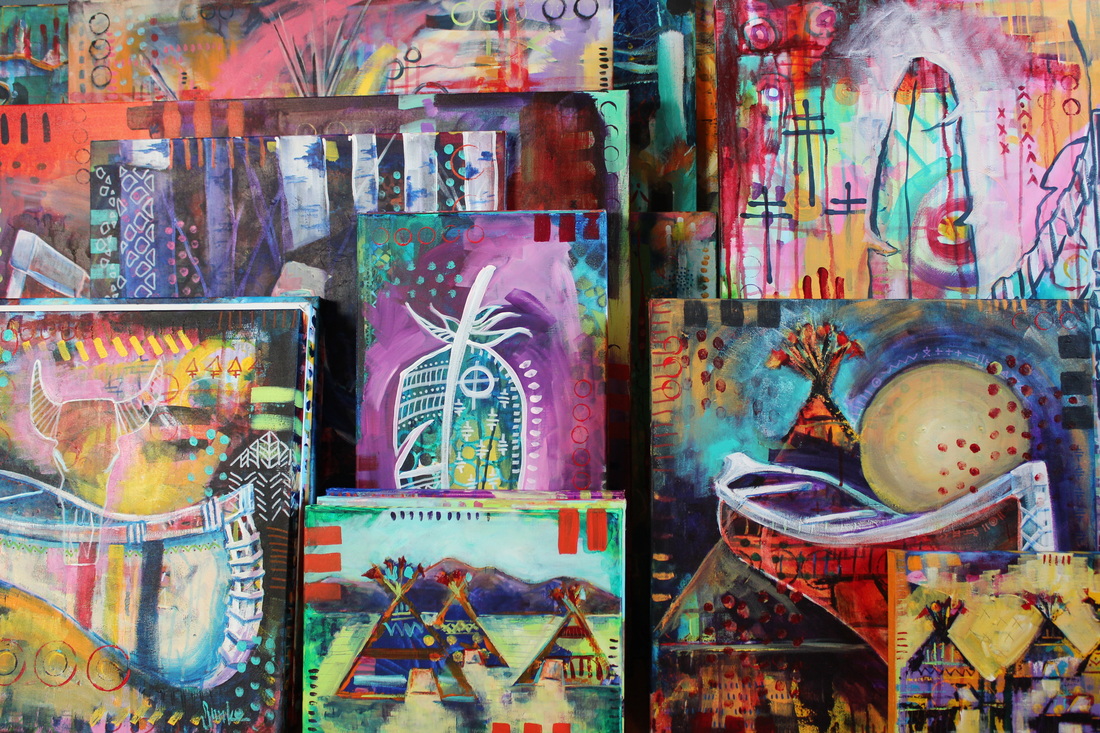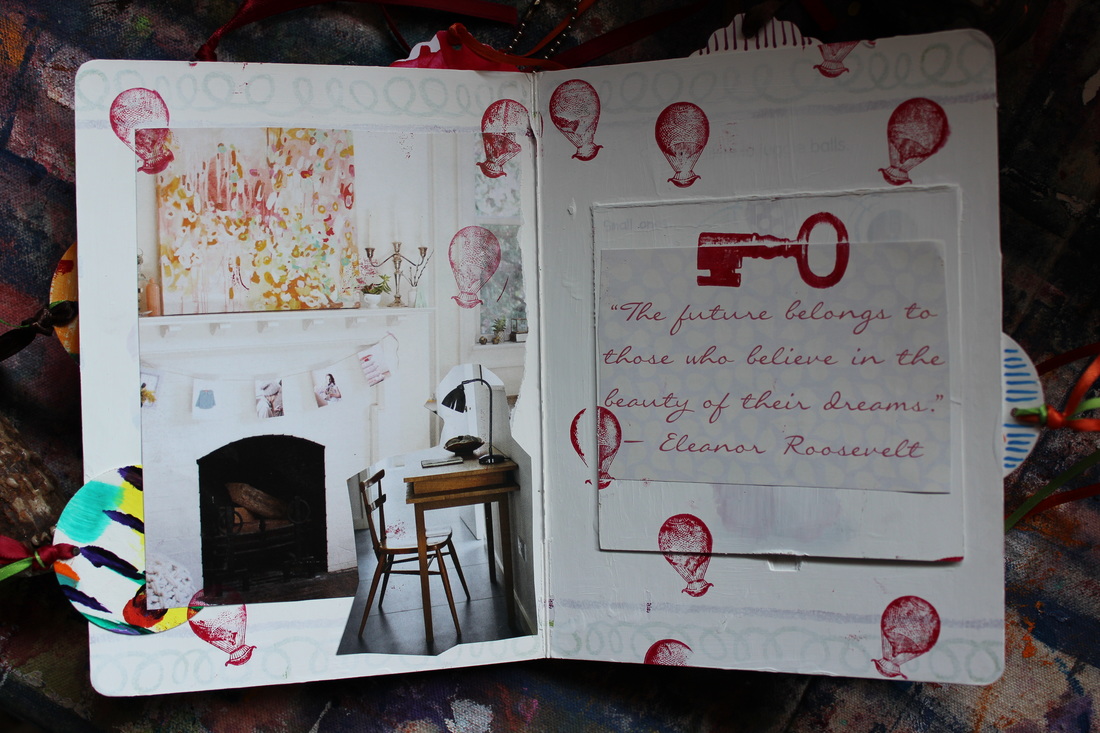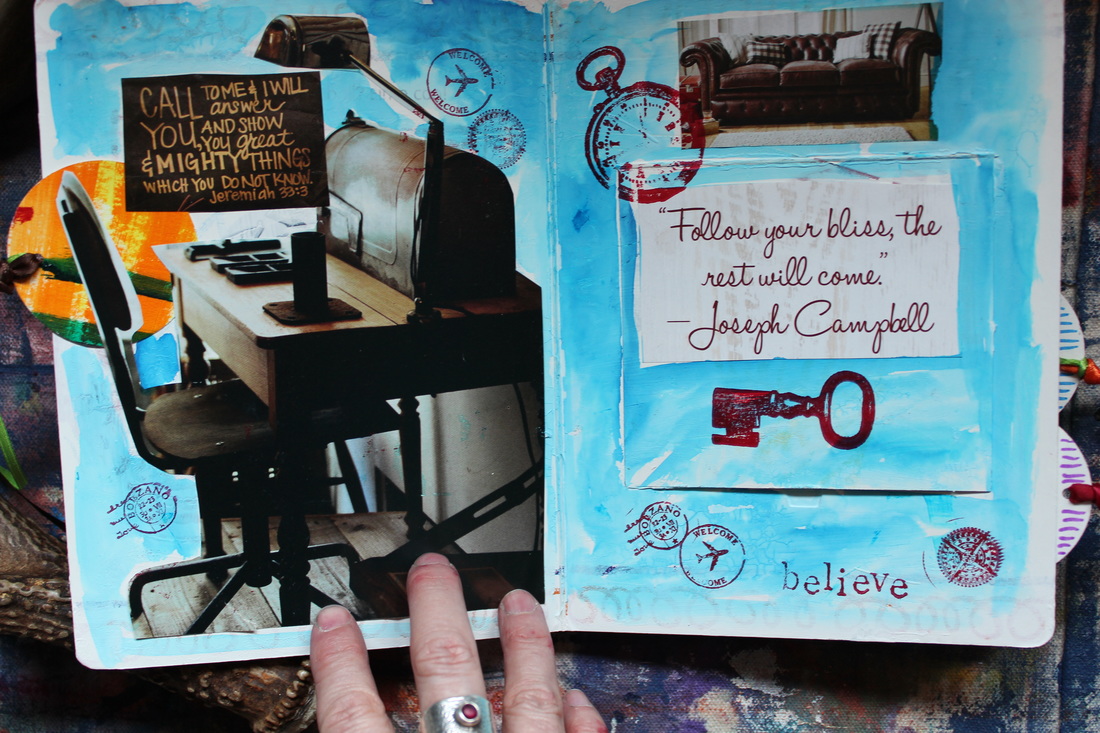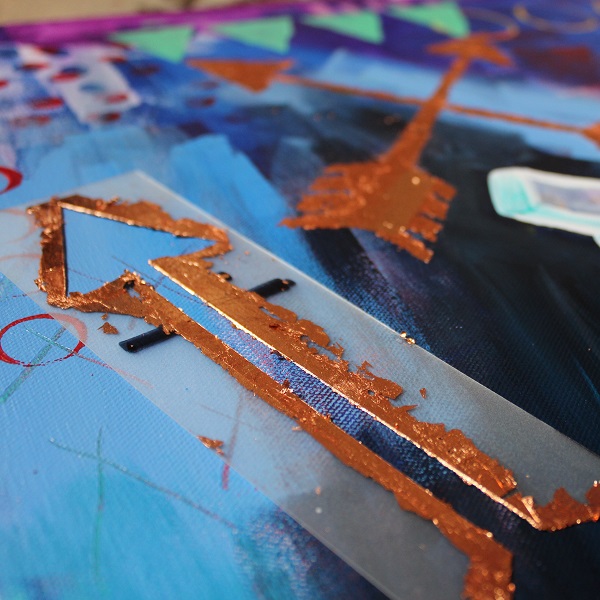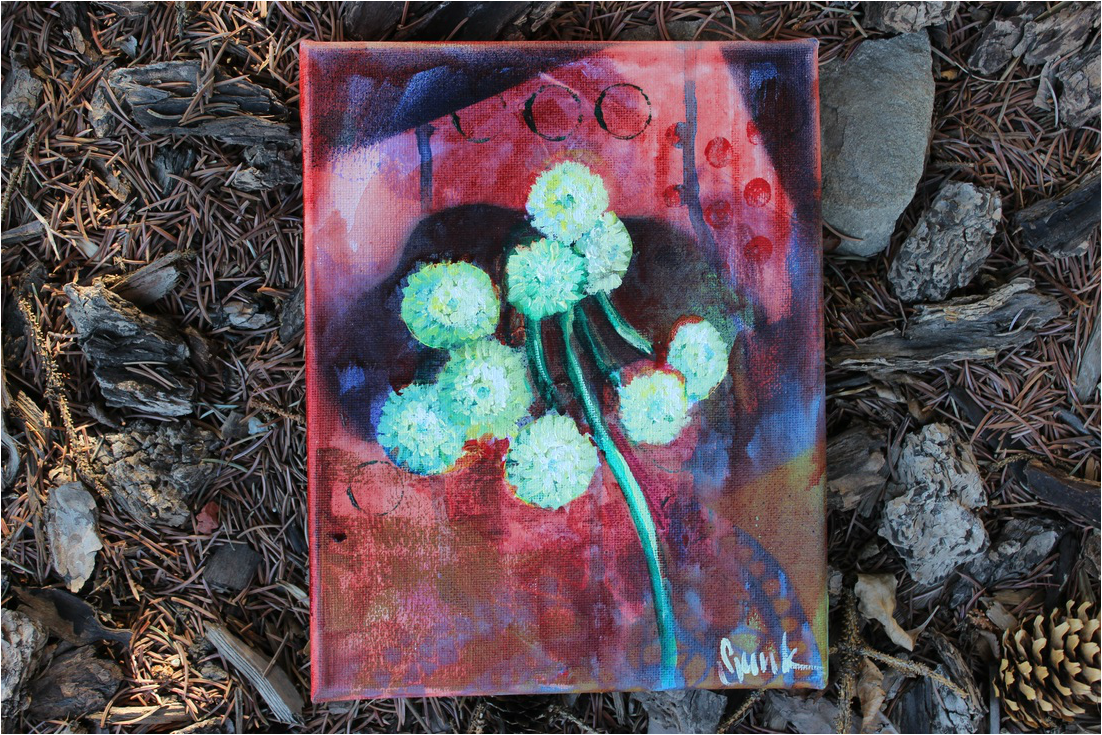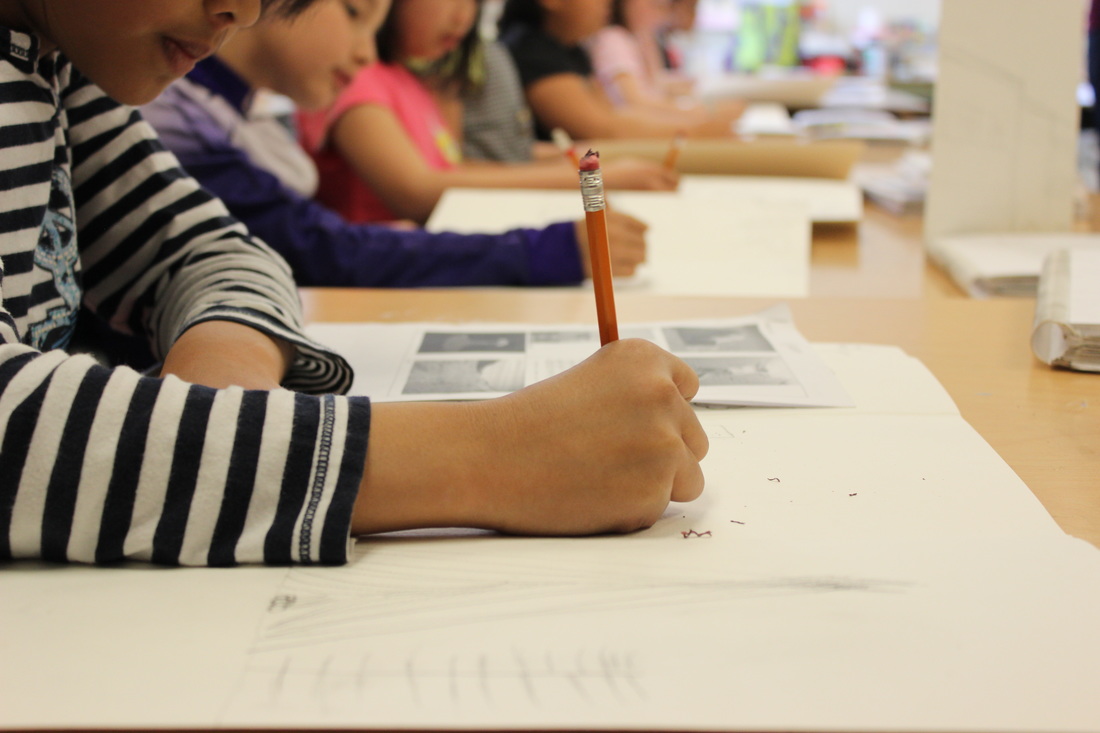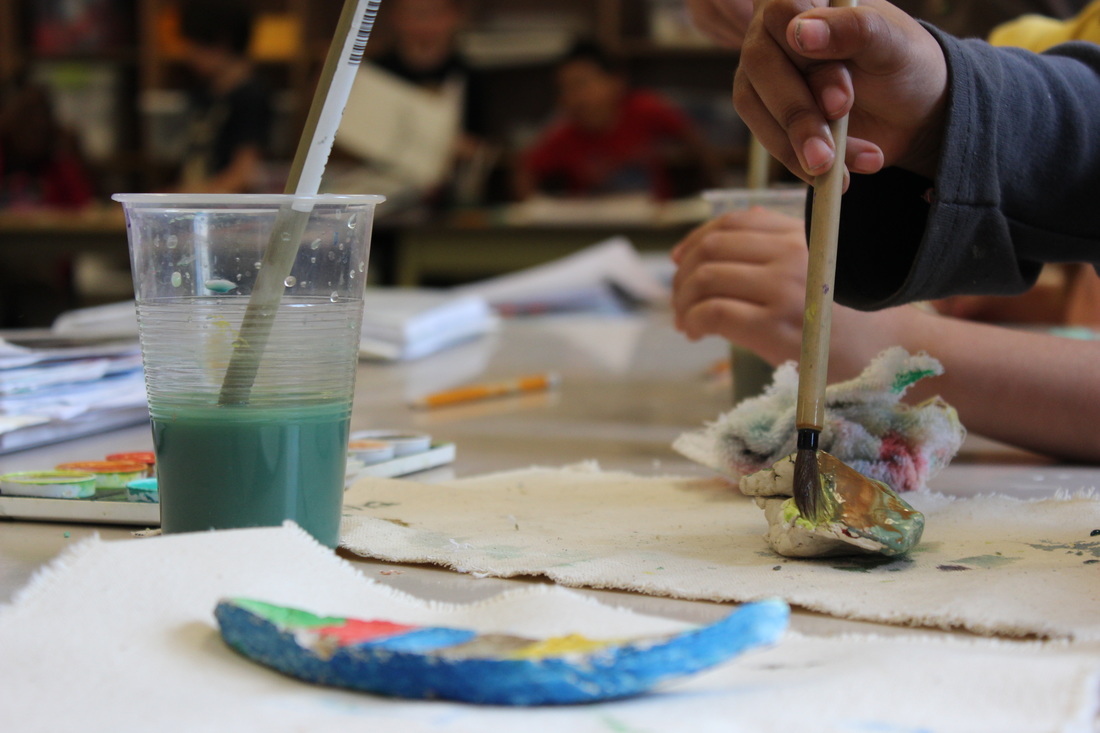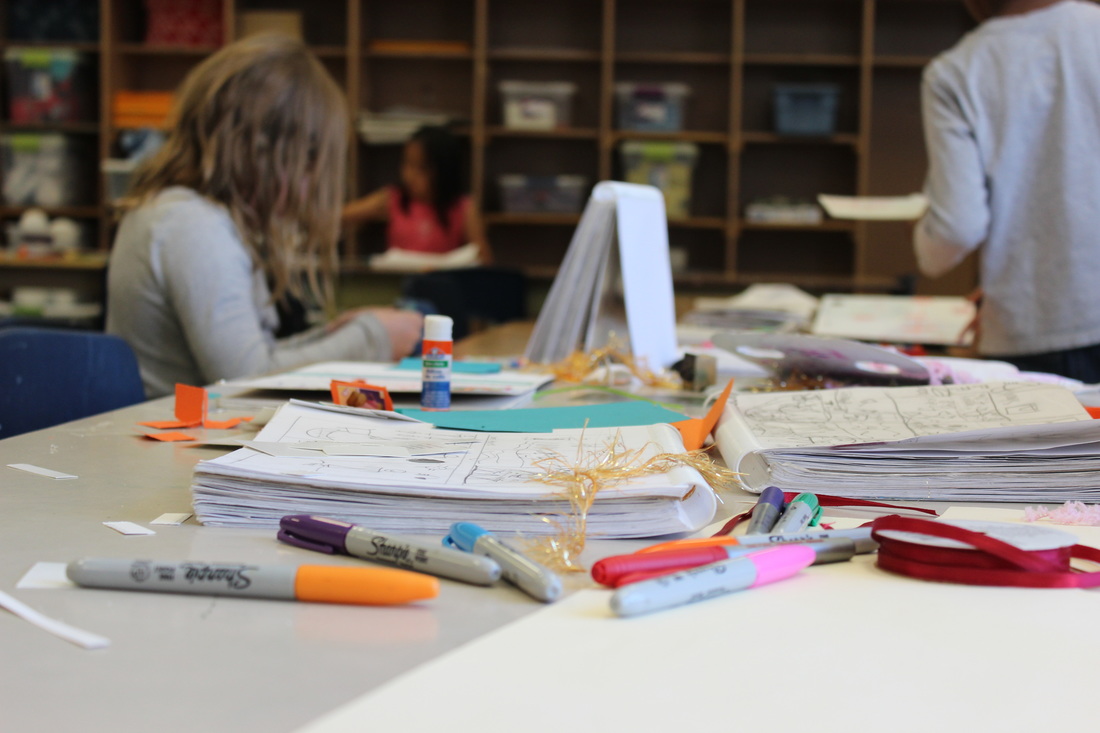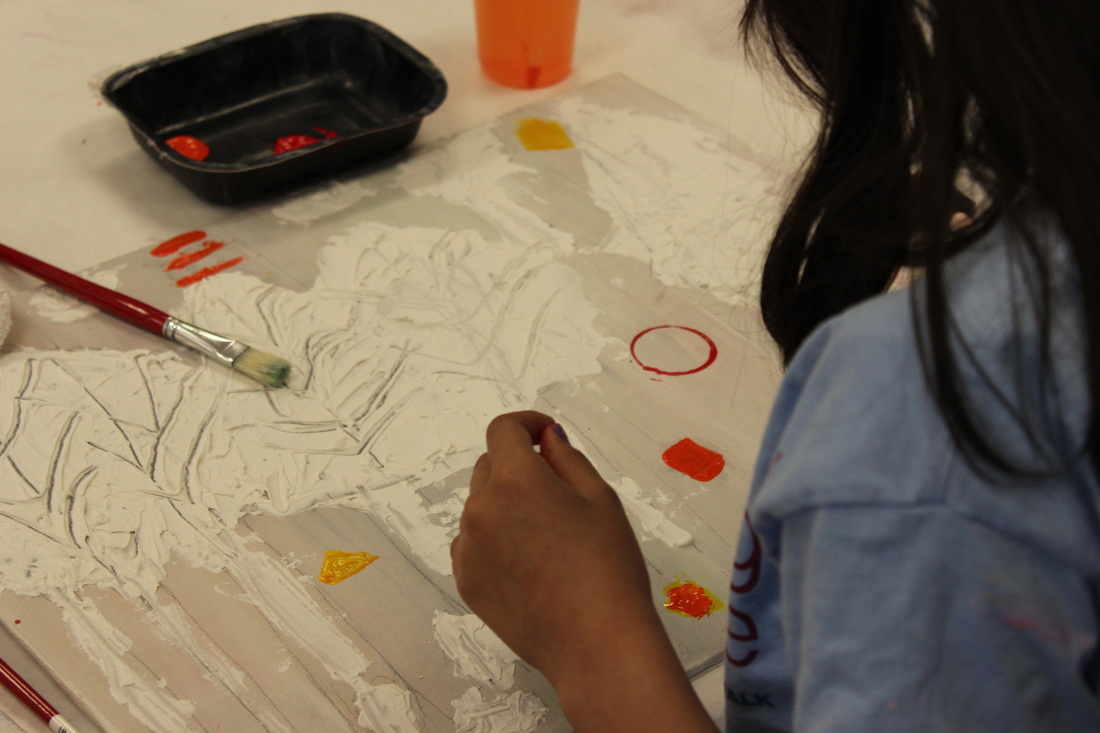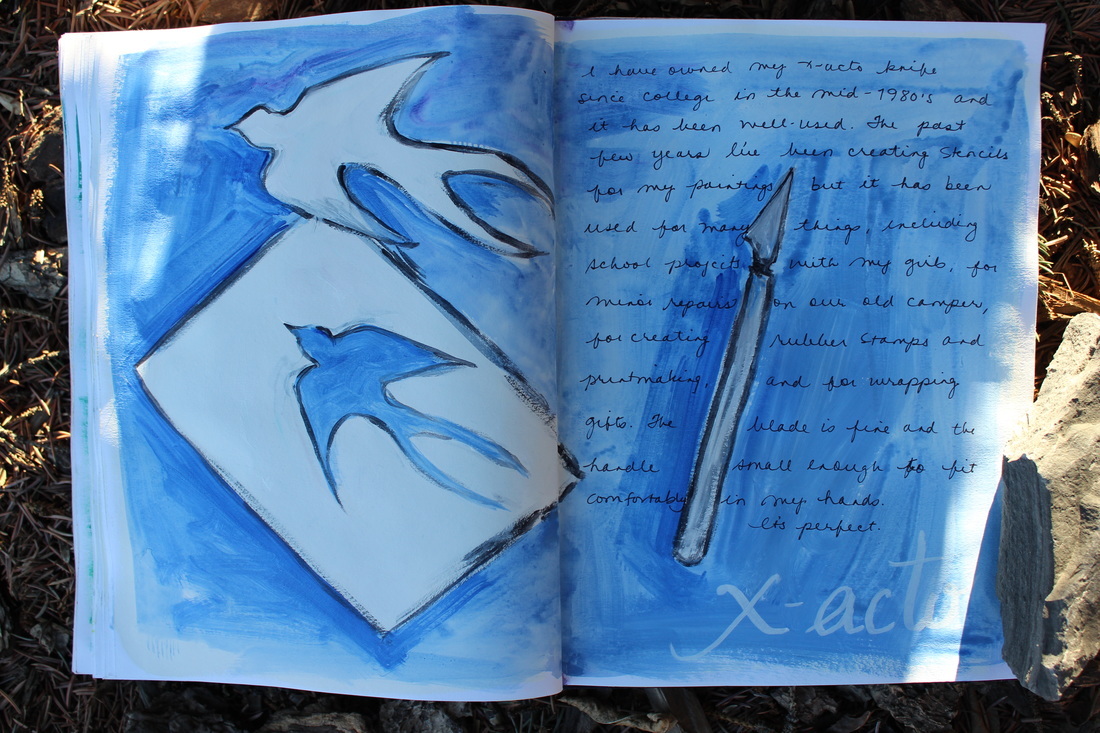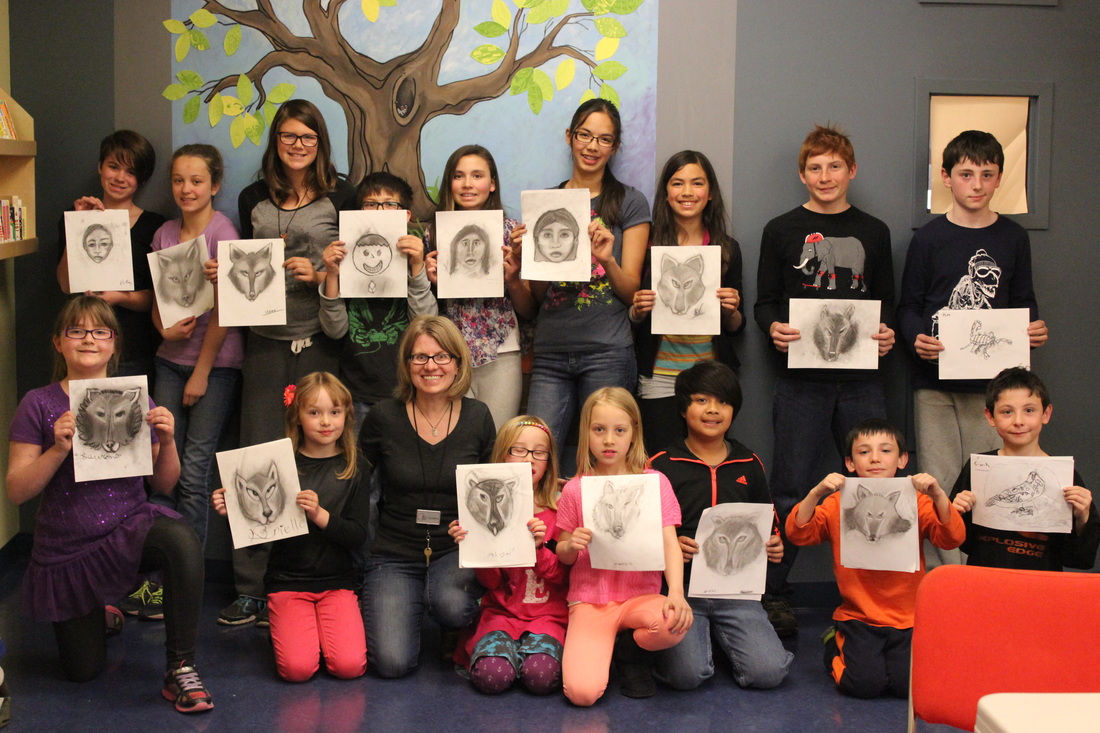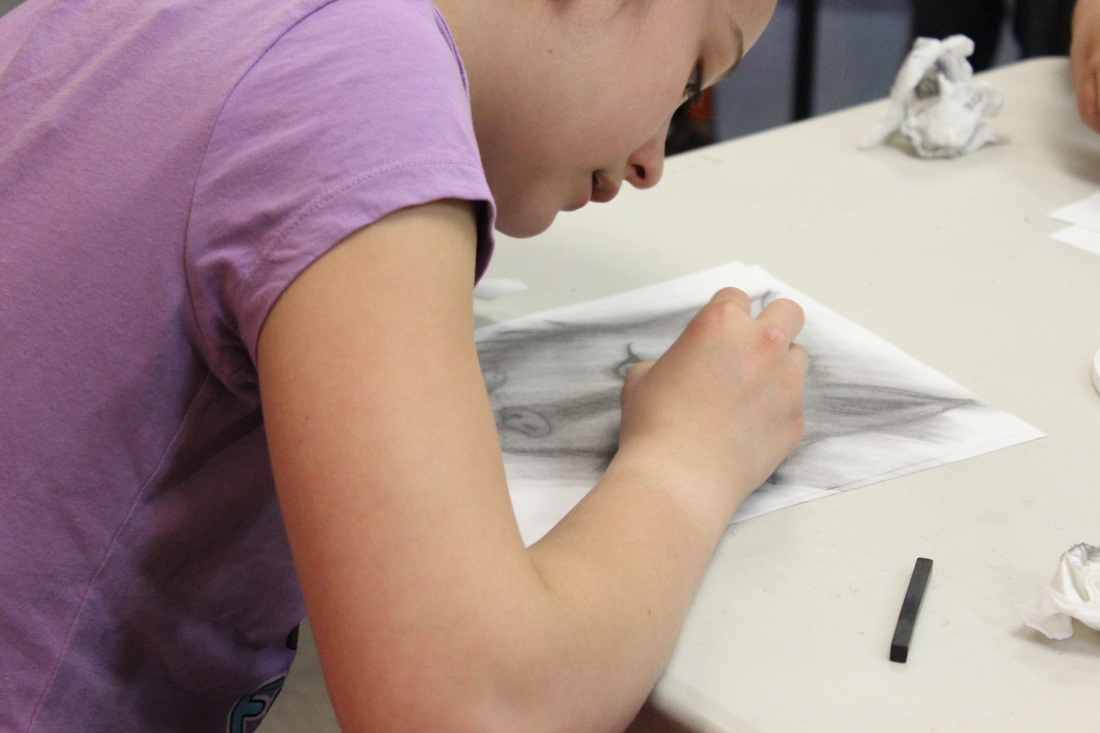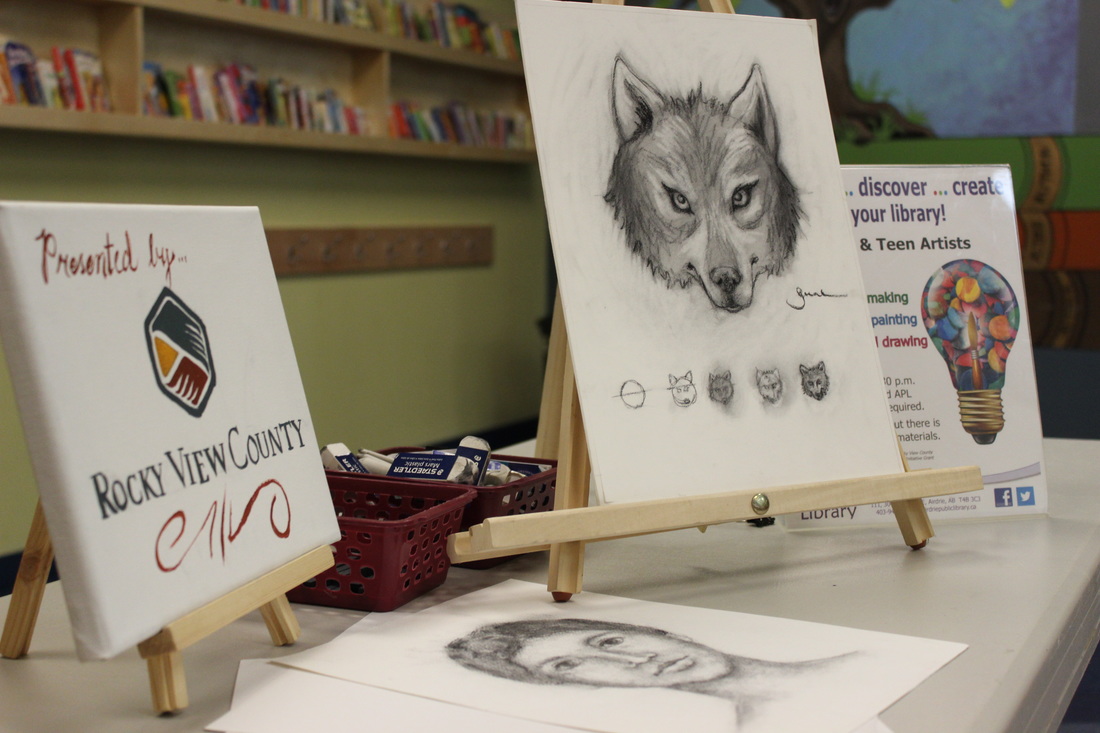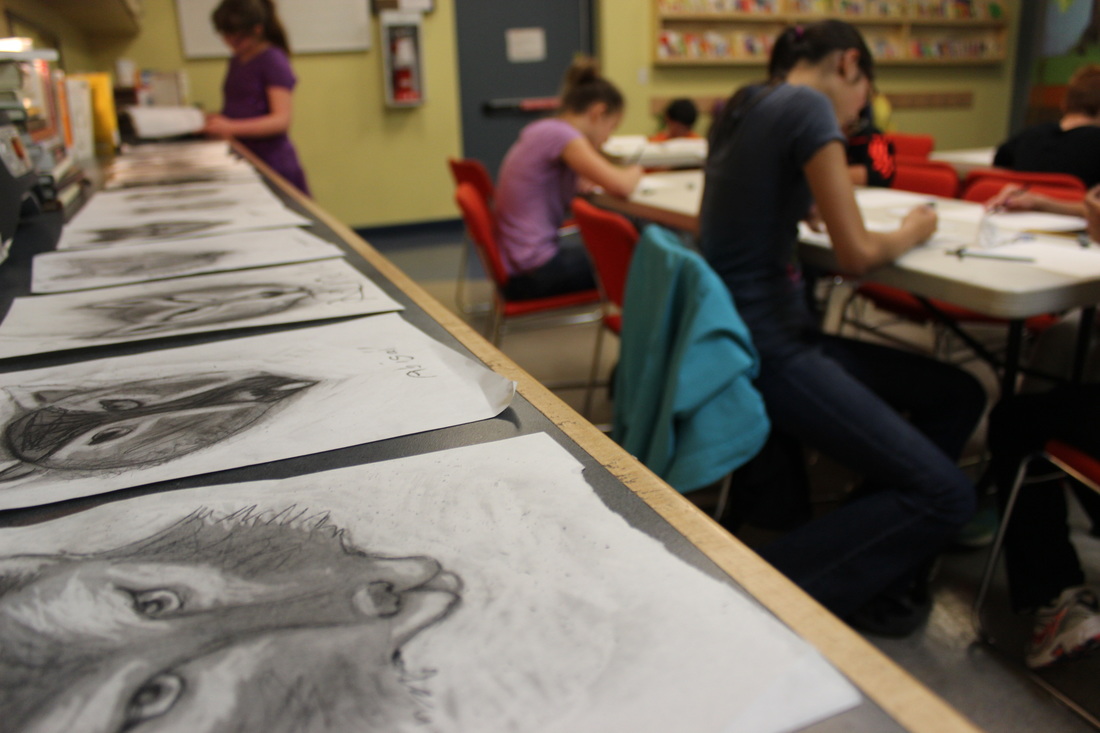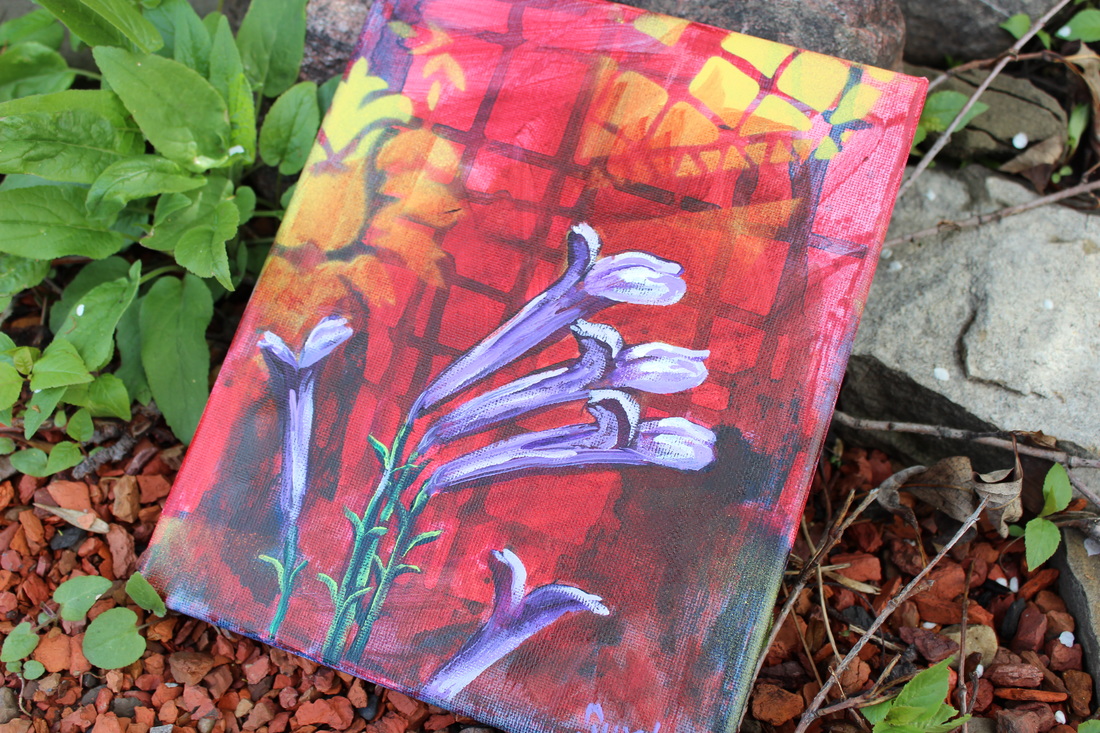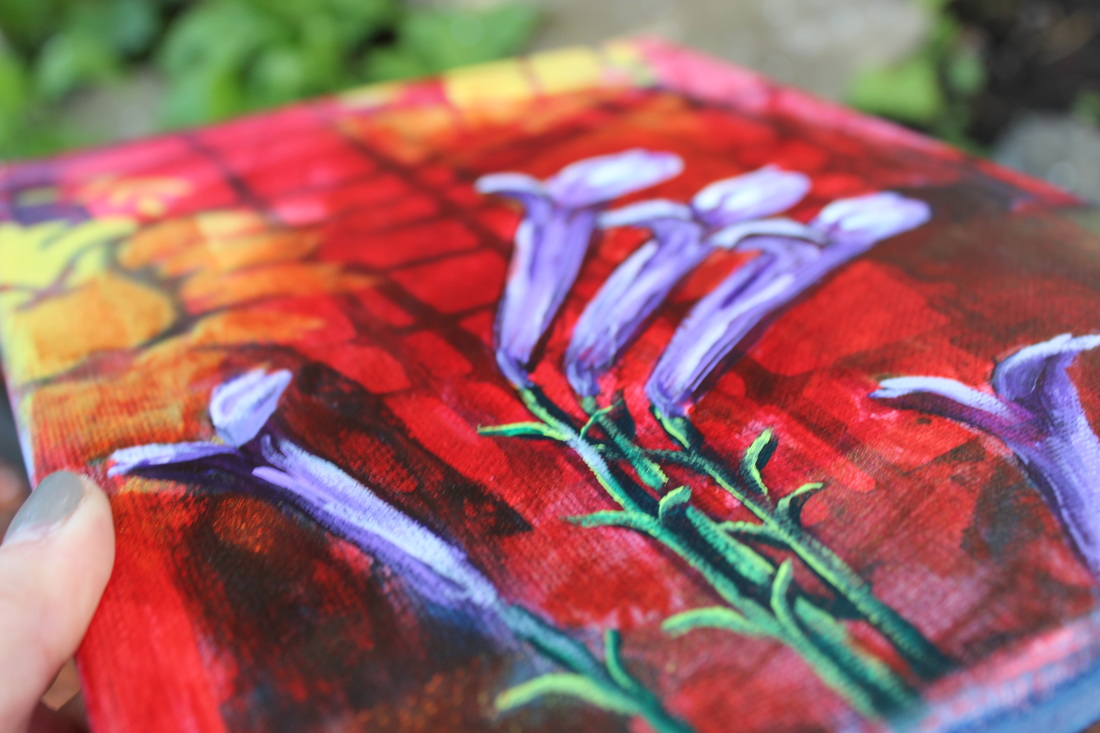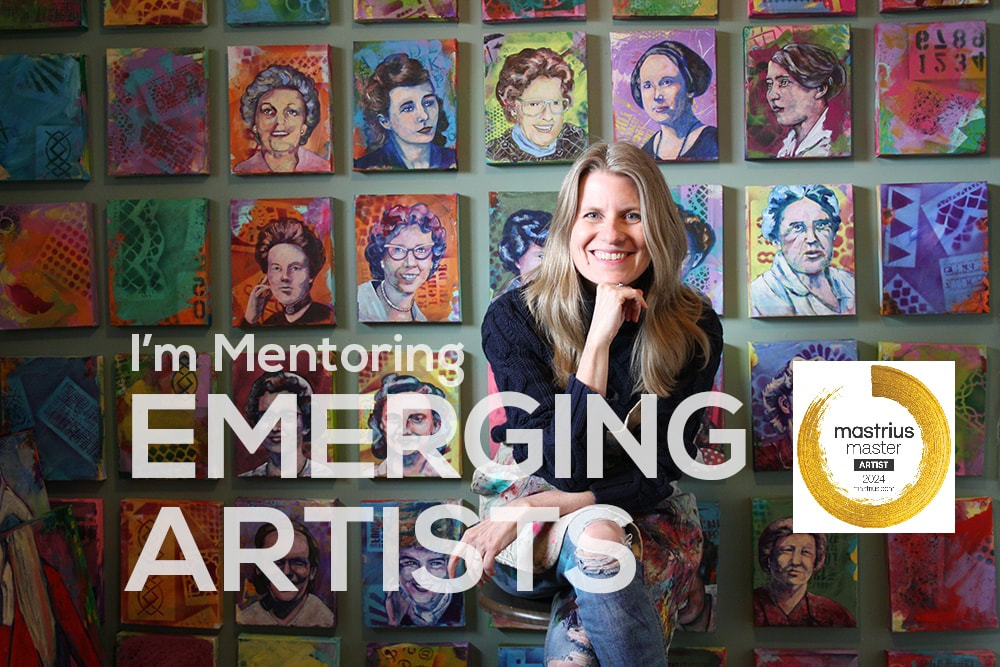|
1) Put everything on paper. Resist the temptation to judge your ideas as you write. Let yourself throw up on paper, and then edit your ideas later.
2) Divide your brainstorming over several days. This allows you to return to your ideas with a fresh eye. Avoid marathon sessions. 3) Play word association. 4) Look up dictionary definitions of words related to your topic. I am frequently surprised by dictionary definitions, especially of common words that I assume I understand. Dictionary definitions can stimulate other thinking strategies. 5) Talk out your ideas with a friend. Having to verbalize your ideas out loud to someone else will motivate you to distill your ideas in a coherent manner. 6) Turn off the Internet. Music is fine, but otherwise, brainstorming should be: you, a piece of paper, a pencil, and your thoughts. ~ by Clara Lieu, Artist/RISD Adjunct Professor To be honest, I've never been very fond of yellow. Yet, it was one of the four colours I used for years as my palette consisted of white, red, blue and yellow. These days I'm loving it as I use it to brighten up orange or pink or to lighten up greens and blues. I'm so glad my palette has grown to include a great variety colour and glad that I've been experimenting so much more.
Because I was working on this altered book project with a group of eight and nine year old students I decided to use simpler (and less messy) materials; Elmer's extra-strength glue sticks instead of gel media and sharpies & watercolours instead of acrylic paint and I'm really happy with the finished results. Though the only prerequisite was to make this book the 'story of you' and I chose to work without a plan, I'm pleased with it. I was surprised that none of the children chose this Elmo board book because it has flaps and was quite happy to be able to use it myself. One day we gesso'd each page placing a sheet of wax paper gently between each, another day we created photo transfers (see below) and the third session we began cutting and gluing and adding our own special touches.
MATERIALS: gesso, wax paper, glue sticks, magazines, ribbons & yarn, coloured markers, pencil crayons, crayons, watercolours, rubber stamps & ink, found items (ie. drawings, photos, charms), watercolour and scrapbooking paper, hole punch, circle and tag punch PHOTO TRANSFER: Using clear contact paper for lining cupboards (available at Walmart & some dollar stores), select a magazine image or photocopy and adhere the sticky side of the contact paper to the front of your image (the image you want to keep) and rub on well (I use a bone folder but a plastic card will do nicely). Soak in hot water for 5-10 minutes and, using your finger, rub the image off the contact paper. The more you remove, the more transparent and vintage the image will be. Now cut and paste into your project. It was such a pleasure to work with the kids and see how excited they were as they worked on their books. It always amazes me when I work with children...just show them a sample, give them supplies and let them go. I finished up my project this week and think I'll pick up some mod podge spray to protect the pages as my books go through many sets of hands as both samples and as pieces of artwork. When you understand who and what you are, The Common Tansy travelled to North America from Europe and is often found along roadsides, pastures and disturbed areas. The bunches of yellow flowers resemble buttons which lends it to its other name, Bitter Buttons, with dark green, fern-like leaves. Tansy comes from the Greek term meaning 'immortality' as the flowers do not wilt when they die. In England the flowers were placed in shrouds to repel insects and rodents and was believed to ward off the Black Death. Medicinally the plant was used to treat rheumatism, intestinal gas, menstrual issues, worms, and as an insect repellant. Early Christians served it to represent the bitter herbs eaten by the Israelites and during the middle ages it was used as a face wash to lighten skin and to induce abortions.
What a lovely experience this has been, to work with over a hundred and sixty children between the ages of 7 and 12 over several weeks on a variety of projects. We've worked with clay, plaster, acrylics, watercolours, pencil, paper, canvas, panel, collage, printmaking, books, charcoal, and mixed media. The questions I get range from 'How old are you?' to 'Do you sing?', with the odd question about art thrown in between. I am hugged daily, told that I am loved and asked repeatedly if I'll be back again. Working with children certainly has its perks.
My favorite part of working with these children over a longer period of time is to see the completed works and how different and interesting each piece is on its own and how the work reads together as a group. I hope they've all learned something new and had some fun, as I have, and that this is an experience that they will remember for some time. Mostly I hope that they remember that they are creative and that their contribution is valuable. This x-acto knife has been a prime piece of equipment in my life since college in the mid-1980's. It has been used for many projects, including children's school projects and crafts, but recently (probably the past three years) it's been used to create stencils for my paintings. I'm so happy to have this tool.
May your hands be cleansed,
that they may create beautiful things. May your feet be cleansed, that they may take you where you most need to be. May your heart be cleansed, that you may hear its message clearly, May your throat be cleansed, that you may speak rightly when words are needed, May your eyes be cleansed, that you may see the signs and wonders of the world. May this person and this space be washed clean by the smoke of these fragrant plants, And may that smoke, carry our prayers, spiralling to heaven. I had so much fun with the kids and adults during our Charcoal Drawing workshop at the Airdrie Public Library on Saturday. One of my favorite things is to see how each person brings their own style and personality to the work they do...like their own signature. Every time I teach a workshop, my hope is that everyone enjoy themselves and possibly learn something that they can take forward with them so they can keep experimenting and growing. And I'm always pleased when they are pleased with what they've accomplished.
Though this plant is very low-growing, its flowers bloom rather large in rocky crevices, grassy slopes and outcrops along cliffs in high elevations. In the 18th century, First Nations' peoples used the roots to create a decoction to be used in the treatment of chest pains and stomach aches and the leaves to treat chills and fevers.
|
|
